
After learning that Qantas will launch direct Brisbane-Manila flights later this year, I looked up the distance between the two airports to find out how many Qantas points it would cost to book a Classic Flight Reward seat. Qantas Frequent Flyer uses a distance-based reward table, so the cost depends on the number of miles flown.
My go-to source for distance calculations is Great Circle Mapper (gcmap.com), which is easy to use and generally reliable. According to that website, the distance between Brisbane Airport and Ninoy Aquino International Airport is 3,596 miles.
On the Qantas Classic Flight Reward table, flights between 2,401 and 3,600 miles in distance are classified as “Zone 4” redemptions. These cost 20,300 Qantas points in Economy or 57,000 points in Business for a one-way booking. Flights covering 3,601-4,800 miles are in Zone 5, with a price of 25,200 Qantas points in Economy or 68,400 points in Business.

With a distance of 3,596 miles between Brisbane and Manila, I assumed this would be a Zone 4 redemption. So I was surprised to see that Qantas is actually pricing it in Zone 5.

It got me wondering: How does Qantas actually calculate the distance between two airports? So, I asked them…
Airport coordinates used
My first thought was that Qantas might be measuring the distance between the two city centres – or even just the far ends of each airport – rather than the published airport coordinates. Or, I wondered if perhaps Qantas might be using the coordinates of the wrong airport, like it did for many years with the Bangkok-Kuala Lumpur route.
But that’s not the case. Qantas confirmed to Australian Frequent Flyer that it measures the great circle distance using airport to airport coordinates.
This matches what the Qantas Frequent Flyer terms & conditions say regarding the earning of Qantas points. On routes not specifically included in the Airline Tables, Qantas calculates “the shortest distance on the surface of the globe between the origin and destination of the Flight Segment, regardless of any intermediate stops” for the purpose of awarding points.
Different ways to measure great circle distance
That’s not the end of the story. My curiosity sent me down a bit of a rabbit hole and along the way, I discovered that there are actually two different ways to measure the great circle distance between two points on the globe.
One method assumes that the earth is a perfect sphere. But in reality, planets are not a perfect spherical shape. They are ellipsoids because they are slightly larger when measured latitudinally around the equator compared to the longitudinal circumference. The “ellipsoid” calculation method used by Great Circle Mapper accounts for this, making it more accurate.
Although Qantas didn’t reveal exactly which method it uses, they told us it’s consistent across all routes. Qantas also pointed out that its method and data source may vary compared to those used by publicly available sources on the internet.
The “ellipsoid” method calculates the distance between Brisbane and Manila as 3,596 miles. But the “sphere” method puts it at 3,606 miles – putting this route at the lower end of Zone 5 on the Qantas reward chart. Therefore, I can only assume that Qantas uses the latter method.

For what it’s worth, the International Air Transport Association (IATA) calculates the great circle distance between Brisbane and Manila as 3,563 miles. But IATA calculates the ticketed point mileage on the same route as 3,607 miles.

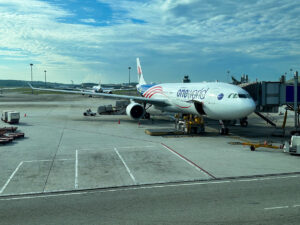
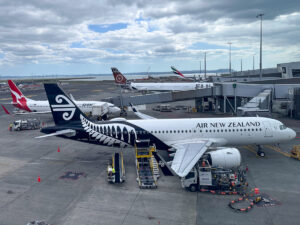


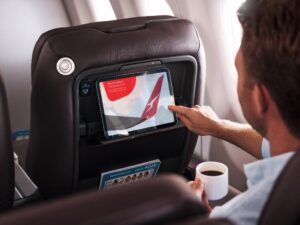
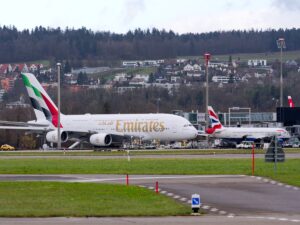



































































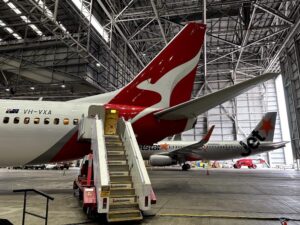
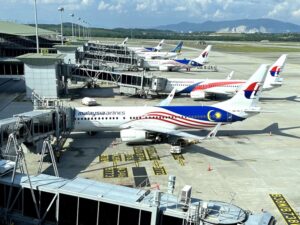





Community Comments
Loading new replies...
Join the full discussion at the Australian Frequent Flyer →